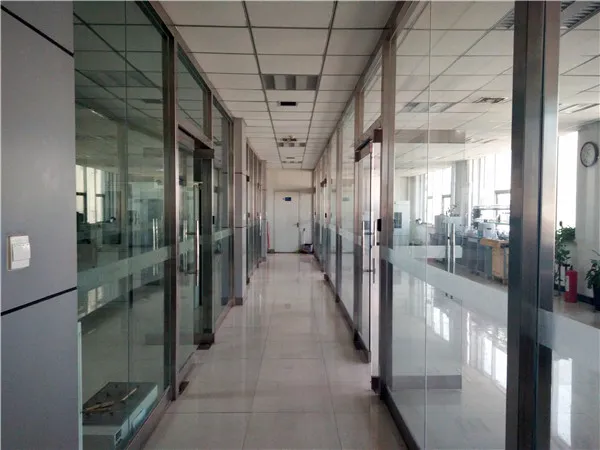Enhancing Plastic Performance The Role of Compounding Additives
Plastic has become an integral part of our everyday lives, found in everything from packaging materials to automotive components. To ensure that these materials meet specific performance requirements, manufacturers often employ a range of additives during the compounding process. These additives play a crucial role in enhancing the physical, chemical, and aesthetic properties of plastics, enabling them to perform better in various applications.
What are Compounding Additives?
Compounding additives are substances added to plastic formulations to improve their properties, processing behavior, and end-use performance. They can be categorized into several types, each serving a distinct purpose. Common categories of compounding additives include
1. Stabilizers These additives help increase the thermal and UV stability of plastics, preventing degradation that can occur due to exposure to heat and sunlight. For example, antioxidants are used to prevent oxidation, which can lead to discoloration and loss of mechanical properties over time.
2. Plasticizers Often employed in flexible plastics like PVC, plasticizers reduce rigidity and enhance flexibility. They improve the material’s workability and make it easier to process.
3. Fillers These additives, such as calcium carbonate or talc, are used to improve mechanical properties, reduce production costs, and enhance dimensional stability. They can also modify the density of the material, making it lighter or heavier depending on the requirements.
4. Flame Retardants In applications where fire safety is a concern, flame retardants are added to plastics to reduce flammability. These additives can inhibit ignition and slow down the spread of flames.
5. Colorants Dyes and pigments are added to plastics to achieve desired hues and improve aesthetic appeal. Beyond aesthetics, colorants can also serve functional purposes, such as UV protection.
6. Processing Aids These additives facilitate the manufacturing process by improving the flow of molten plastics during extrusion or molding. They help reduce friction and prevent issues such as melt fracture.
plastic compounding additives

The Importance of Compounding Additives
The use of compounding additives is essential in achieving high-performance plastics that meet industry standards and consumer expectations. As industries evolve, the demand for plastics with specific characteristics has increased, prompting manufacturers to innovate in the realm of compounding.
For instance, in the automotive sector, lightweight materials are crucial for enhancing fuel efficiency. Consequently, fillers and reinforcements are combined with polymers to create composites that are not only lightweight but also durable and impact-resistant. Similarly, the electronics industry has specific requirements for plastics, focusing on anti-static properties and heat resistance. Here, additives like flame retardants and thermal stabilizers become vital.
Furthermore, the growing awareness of sustainability has led to the development of eco-friendly compounding additives. Biodegradable plasticizers and natural fillers sourced from renewable resources are gaining traction in the market, offering greener alternatives without sacrificing performance.
Future Trends in Plastic Compounding
The future of plastic compounding additives is likely to be characterized by advancements in technology and formulation science. Innovations such as nanomaterials are being explored to enhance barrier properties, strength, and flame resistance. Additionally, the integration of smart additives that respond to environmental changes could pave the way for more adaptive materials.
Sustainability will continue to be a driving force in the industry, with a push towards recycling and reusing materials. The development of additives that facilitate the recycling process or enhance the properties of recycled plastics is an area of growing research and application.
Conclusion
In conclusion, compounding additives are indispensable in the plastic manufacturing process, providing enhanced properties that cater to a variety of industrial applications. As the demand for specialized materials continues to rise, the significance of these additives will only grow. By leveraging the power of compounding additives, industries can not only improve the performance of their products but also contribute to a more sustainable future in the realm of plastic usage. The ongoing development of innovative additive technologies will pave the way for next-generation plastics that are both highly functional and environmentally friendly.

